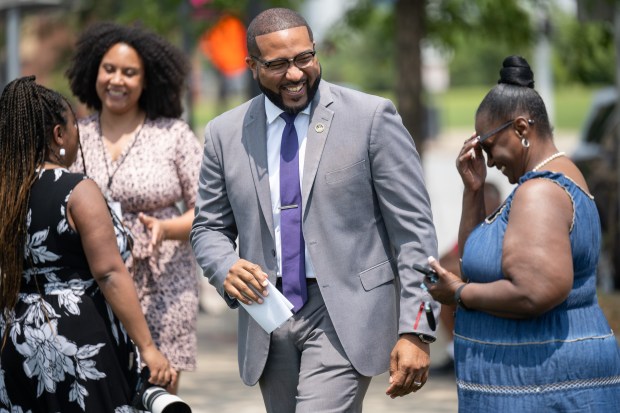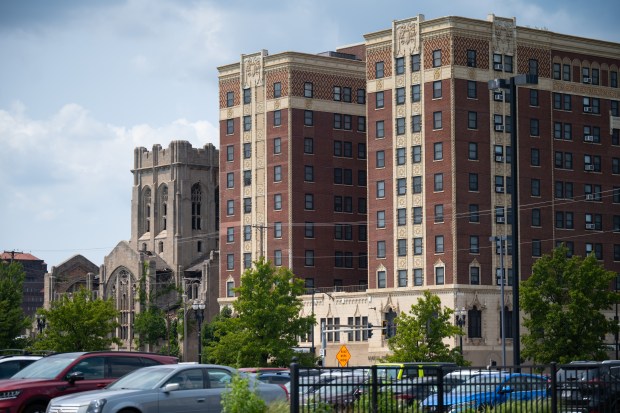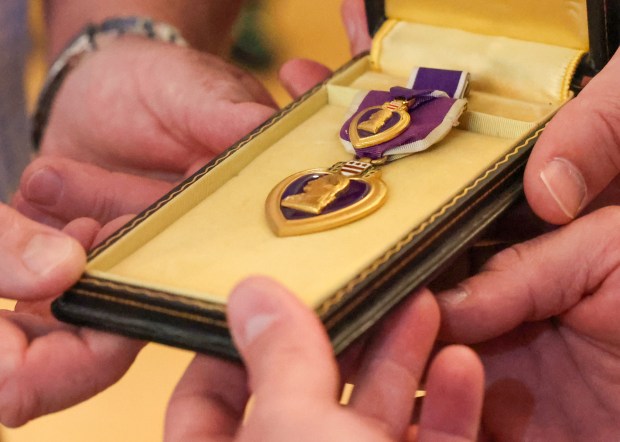The City of Gary is once again looking to transform itself into a place that honors its past while pushing its future, and it has the University of Notre Dame behind it.
Mayor Eddie Melton and other city representatives introduced the plan alongside Marianne Cusato, director for Notre Dame’s School of Architecture’s Housing and Community Regeneration Initiative during a press conference at 6th Avenue and Broadway Tuesday afternoon. The site was a significant choice because it was an empty lot where “beautiful buildings once stood,” Cusato said.
While Gary currently represents “loss and disinvestment” to many, for Cusato, it represents a massive opportunity to breathe life back into it one section at a time while remaining true to its origins.
“The issues you face are serious, but not insurmountable,” Cusato, best known for designing the “Katrina homes” built to get displaced Louisiana residents out of FEMA trailers after the 2005 catastrophic hurricane, said. “This team has the insights, instincts and expertise, and the city has members of the community who know what the city was before it suffered its losses. They know what makes Gary, Gary.”
Christopher Harris, the city’s executive director for Redevelopment, said the last time the city had as extensive a plan as what they’re undertaking now was in 1959, when Cornell University compiled a report which gave the city two options: Increase its parking or become obsolete by 1985. The predictions may not have happened exactly the way Cornell laid them out, but it was still prescient.
“We have been in a steep economic slumber, and we’ve lost historic structures,” Harris said. “This program aims to give us single-family and workforce housing in an intentional, walkable environment rather than a traditional corridor, because that’s what younger people want.”
The section on which the program will focus comprises 4th Avenue to 19th Avenue along Broadway, which is the area the state identified for reinvestment in S.B. 434, Melton said. The area has been set up as a TIF district, which once up and running will fund itself, he said.
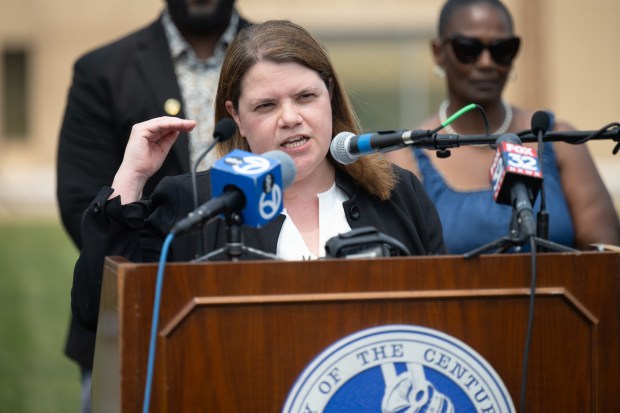
The bill also gives the city $12 million — of which it currently has $6 million from the state and $3 million from Hard Rock Casino — for blight removal, Melton said. After that’s completed, the city will decide on what will be the right investors for the area.
As of now, however, there are no other funds earmarked for the project, Melton said. But that may not be as big a problem as it sounds, according to Cusato.
“Yes, this is our biggest project to date, but when you have something this big, you tend to get a lot more attention,” she said. “People are watching to see what we’re doing.”
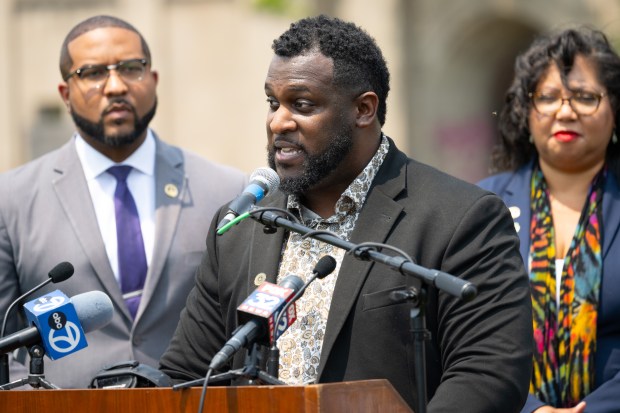
The project will start with the Notre Dame team hosting listening sessions, or charette, with residents Aug. 5 and Aug. 9 at a location yet to be determined, Cusato said. The team will then come back with its full design team Aug. 12 to present what they heard from residents and get more feedback, she said; that process will happen over the course of that week.
Then, the city will make a full presentation during its Broadway Summit Aug. 28-30, Harris said, which will be opened to the public.
Michelle L. Quinn is a freelance reporter for the Post-Tribune.
